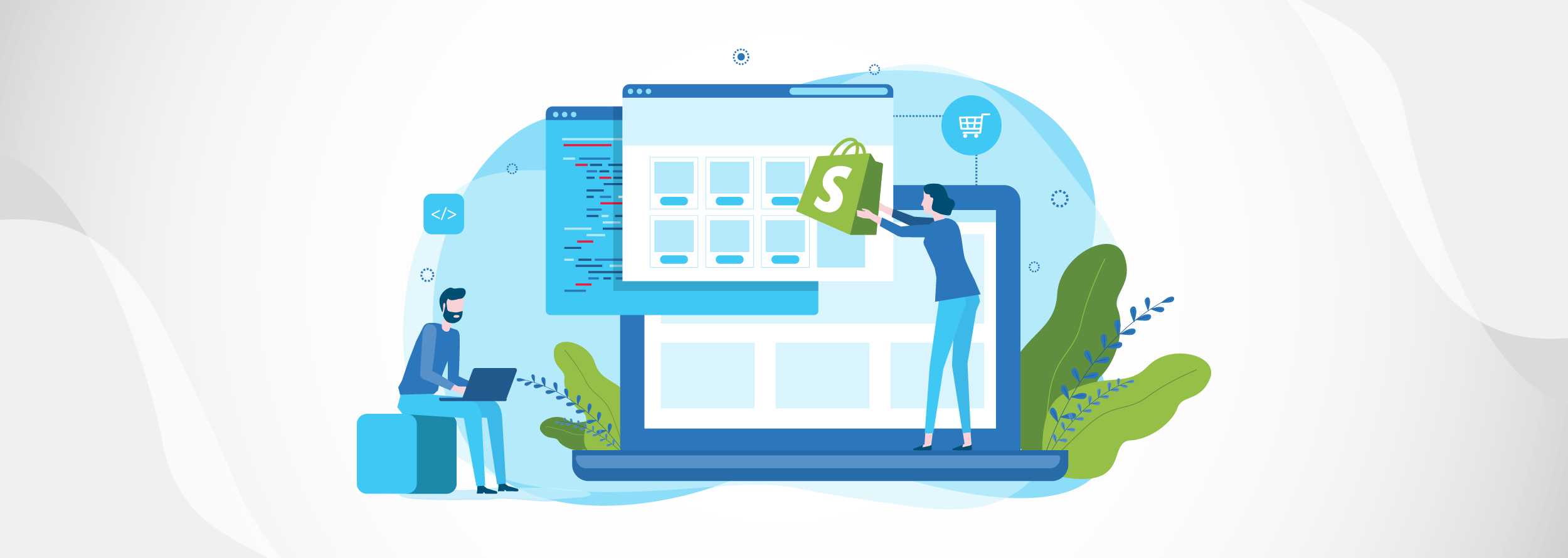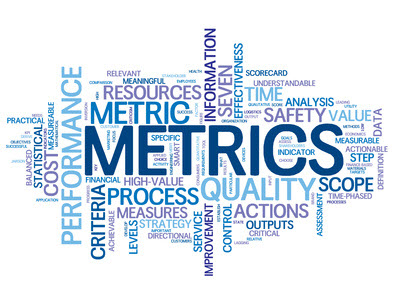SEO is a long-term play, but it’s worth it. It can help businesses rank higher in Google for their related keywords, which provides a competitive advantage. It provides higher visibility and a sense that the business is “more important” than its competitors—if Google made the business more predominant in a search, it must be for a good reason, right?
Once you finish your ecommerce development, optimizing it with best SEO practices can be tough, but Shopify makes it easy with user-friendly tools. Use these simple tips to guide you in your Shopify store optimization.
What Is SEO and How Does It Work?
SEO, or Search Engine Optimization, is the marketing discipline focused on growing visibility in organic (non-paid) search engine results. Ranking high in these organic listings is vital to drive traffic to a website and drive sales.
SEO is influenced by offsite and onsite factors. Onsite factors are optimizations that can be done on the site, such as title tags and meta descriptions. Offsite factors, such as outbound links, happen outside a website.
To understand SEO, it is important to understand how search engines and keywords work. Put simply, Google is trying to show the best possible answers to a user’s question—and its algorithm is very smart! So, don’t try to trick it by writing keyword-packed articles that have no use other than ranking—because Google will notice. As long as you choose your keywords wisely, make offsite and onsite optimizations, and deliver useful content, you will rank well.
The Prep Work
The first step to optimizing your site is to choose the keywords you are looking to rank for. These are the keywords that will trigger your content or products to show on Google. The key is to find keywords that are not only related to what you’re selling, but that also have good search traffic and low competition.
Use tools such as Google keyword planner to find your ideal keywords. Additionally, you can use Moz open site explorer to find what your competitors are ranking for to get keyword ideas to create content and new pages.
Also, connect your Shopify store to Google Analytics to track your website’s performance. Once your store is connected, setup Google Webmaster Tools to see the keywords your eCommerce store is ranking for and to discover technical issues.
Using Shopify’s Tools to Improve SEO
After all the prepping work and basic knowledge, now we are ready to start optimizing our store! The good news is that Shopify’s platform makes SEO a breeze.
- Include Keywords in Page Titles
The page title is the title that shows on top of organic listings:
It should include the page’s target keyword and give the browser a good idea of what the page is about. For example, if you have a product page with black cocktail dresses, the title should say something like: The Perfect Black Cocktail Dress for Any Occasion – Your Store Name.
Add some branding by including your store’s name, usually placed at the end of the title. But keep the length short since search engines only display up to 70 characters. Also, note that all your title pages should be different: no duplicates.
- Increase CTR with Enticing Meta Descriptions
The meta description is the text that shows under the page title. This is your chance to give more information about your page to encourage browsers to click on your listing. Although Google states that meta descriptions don’t influence ranking if you have good descriptions, you can increase your click-through rate. The more people that click on your listing, the higher you’ll rank, considering that your bounce rate is low.
As with Title Pages, don’t use duplicate descriptions. Additionally, keep them no longer than 130-160 characters long and add your targeted keyword in a readable manner.
- Use Tags to Your Advantage
In this section, we’ll talk about title tags or page headings and blog tags. Use these tags to strategically guide the user to the right content and keep your pages organized.
Don’t overuse blog tags; use only a handful since each of them creates its own unique page in Shopify, requiring you to input a unique title and meta description to each page. This is done to prevent duplicate content.
Use title tags or page headings to structure your content. Use H1 for the main title, include your target keyword, and use H2 for subheadings. It will help make content more readable for users.
- Optimizing Images for SEO
Images are especially important when selling products. They help you attract customers and close a sale. The issue is that Google won’t recognize what are the images you’re posting unless you tell it. Alt text helps you solve this issue by telling search engines what your product is about.
To set the alt text for a product image, go to Shopify admin and click Products (or press G P P). Click the product you’re looking to edit and hover over the image. You’ll see alt link, which you can click to make edits.
Remember that SEO is not a one-time fix. You have to keep optimizing your site and making changes as necessary. Google is constantly changing the rules of the game, so stay on top of the latest news to increase your effectiveness.
Don’t expect to get results overnight, but, with persistence and a good plan, you’ll be on your way to becoming an SEO expert.
*Collaboration: Ronald L. Dod, Cofounder, and CEO of Visiture







